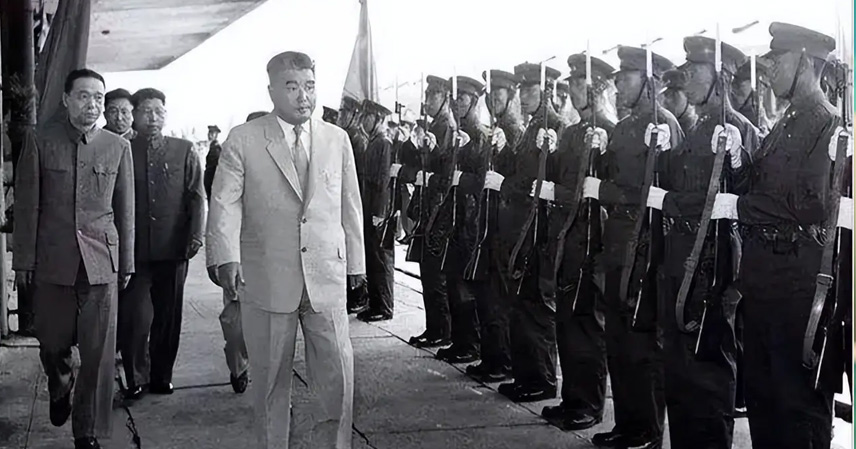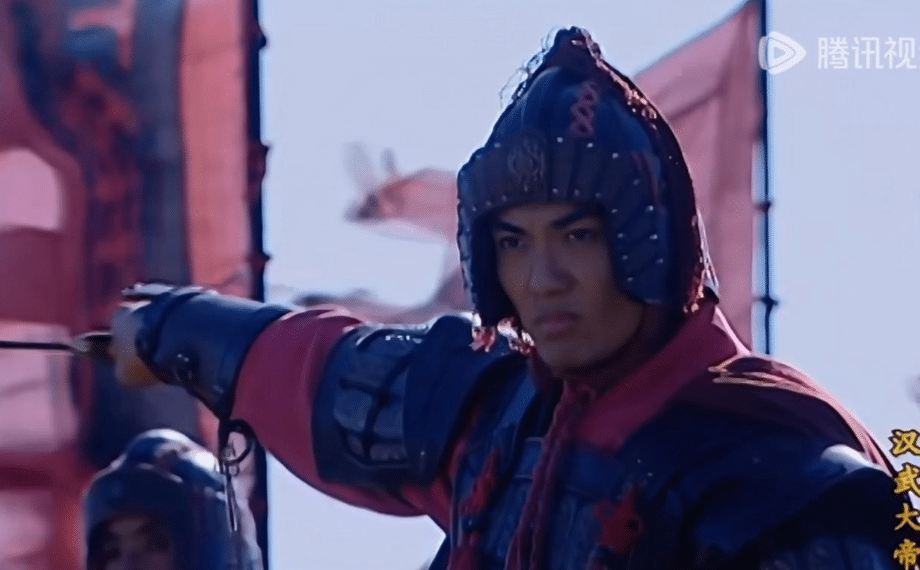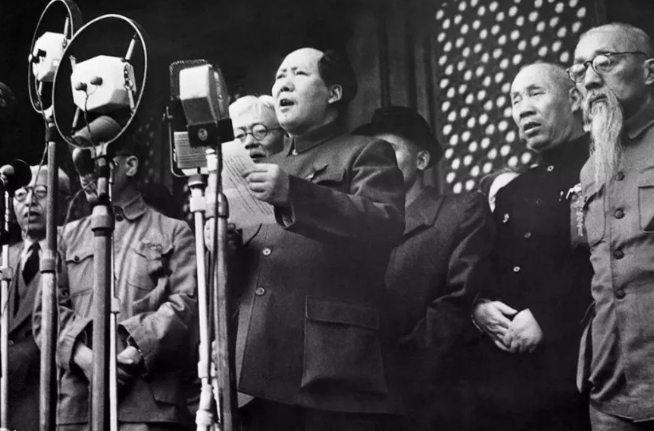In September 1976, Choi Yong-kun, a senior North Korean leader, passed away at the age of 76. The Chinese government sent a condolence message, stating: “Comrade Choi Yong-kun devoted his life to resisting the aggression and interference of American imperialism, advancing North Korea’s socialist revolution and construction, and striving for the independent and peaceful reunification of Korea.”
Indeed, Choi Yong-kun was a pivotal figure in North Korea’s history, holding an exceptionally high status. During the Korean War, he was awarded the title of Vice Marshal, later promoted to Marshal, and in 1972, he became Vice President, making him arguably North Korea’s second most prominent leader.
However, receiving such high praise from China was relatively rare. So, what was the nature of Choi Yong-kun’s interactions with China?
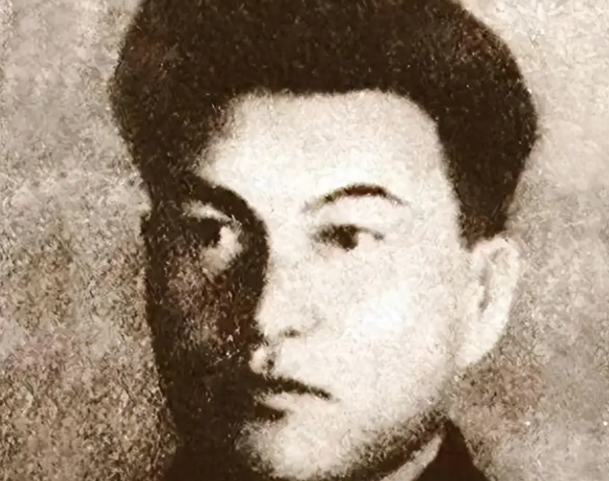
Born in 1900 in a poor peasant family in Hasok-ri, Ryongchon County, North Pyongan Province, Choi Yong-kun endured a challenging childhood. His family struggled with poverty, often lacking enough food, and the Japanese occupation of Korea left him with deep resentment due to national oppression and discrimination.
This difficult childhood fueled his patriotic fervor. While in middle school, he actively spread anti-Japanese independence ideas among his peers, leading to his arrest and imprisonment by Japanese authorities. After his release, rather than retreating, he resolved to seek liberation abroad. He traveled to China, where his fortunes took a positive turn. In Shanghai, he enrolled at Nanhua School, where he was introduced to Marxism-Leninism.
From that moment, Choi Yong-kun became convinced that only a proletarian-led armed struggle could liberate Korea. To gain practical skills, he enrolled in the Yunnan Military Academy to study military tactics. After graduating, he joined the Whampoa Military Academy as an instructor. During this period, he met many Chinese Communist Party members, including Zhou Enlai, and, inspired by his prior exposure to Marxist ideology, joined the Communist Party in 1926.
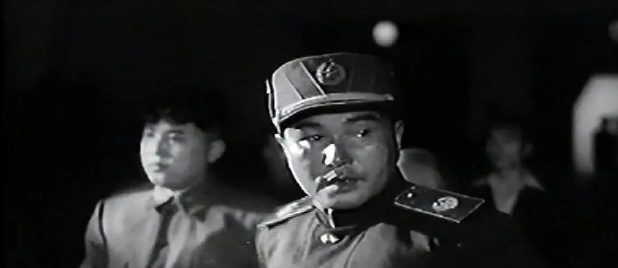
When Chiang Kai-shek launched his anti-communist coup, Choi Yong-kun resolutely sided with the Communists, participating in the Guangzhou Uprising and leading the 2nd Company in the attack on Shahe. After the uprising’s failure, he led his troops to retreat to Huaxian and fought in the defense of Hailufeng. With such a record, even without his contributions in Korea, Choi would have been a founding figure in the People’s Republic of China.
However, history took an unpredictable course. After the failure of the Chinese Communist Revolution, Choi Yong-kun moved to Northeast China. Though far from the revolutionary center, unable to join Mao Zedong in establishing revolutionary bases or participating in the Long March, he achieved significant success in the Northeast. In Tonghe County, he organized revolutionary activities, mobilized the masses, and established the county’s first Communist Party branch. He also spearheaded peasant movements, founding organizations such as the Women’s Association, the Songhua River Alliance, and the Children’s Corps.
Later, in the Sanjiang region, he established the first Korean ethnic school, Songdong Model School, and founded the region’s first Communist Party branch. His efforts ignited revolutionary enthusiasm, drawing many progressive youths and peasants into the movement. During this time, he organized a significant peasant uprising and demonstration in Sanjiang, achieving a major victory.
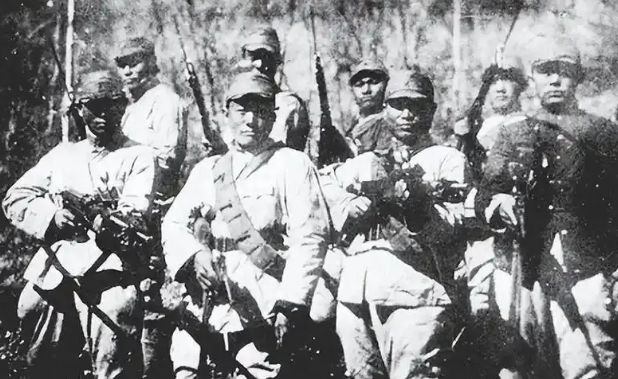
Riding this revolutionary wave, Choi Yong-kun helped establish the Raohe County Committee of the Communist Party and formed a six-member special task force. Despite its small size, this team grew steadily, thanks to the military and political training classes he organized. Choi’s military prowess was remarkable. When the task force expanded to over 40 members with as many rifles, he renamed it the Raohe Peasant and Worker Volunteer Army. Leading this force, he launched attacks on Japanese and puppet officials, securing a series of significant victories.
For instance, in 1934, facing over 200 Japanese and puppet troops, Choi, with only 50 men, used terrain to stage a brilliant ambush, inflicting over 30 enemy casualties without a single loss on his side. In 1935, when 800 Japanese cavalry and infantry attacked his base, Choi, now leading a 250-strong guerrilla force, used the snowy, rugged terrain to set up an ambush, luring the enemy into a trap and annihilating over 100, with only six losses on his side.
Due to his outstanding performance, Choi’s status rose steadily. In September 1935, his guerrilla unit was reorganized into the 4th Regiment of the Northeast People’s Revolutionary Army, with Choi appointed as Chief of Staff. In 1936, the regiment became the 2nd Division of the Fourth Army of the Anti-Japanese United Army, and by November, it expanded to nearly 1,000 troops, reorganized as the Seventh Army, with Choi continuing as Chief of Staff. After the army commander’s death, Choi became the Party Secretary and Acting Commander.
Under his leadership, the Seventh Army grew to over 1,500 troops and achieved remarkable feats. Facing repeated Japanese offensives, Choi consistently won against larger forces. In one instance, he led a surprise raid on an enemy camp, capturing light machine guns, over 60 rifles, and more than 10,000 rounds of ammunition. In 1938, with only a small team, he ambushed and killed a key Manchukuo military official, Major General Hino Takeo, prompting Manchukuo newspapers to lament the “fall of a star in Manchukuo’s defense.”
Despite his capabilities, Choi could not reverse the broader tide. The Northeast Anti-Japanese United Army ultimately failed, and in 1940, he withdrew from the fight. In 1942, the Anti-Japanese United Army was reorganized into the Teaching Brigade. At a subsequent party meeting, the East Manchuria and South Manchuria Committees merged to form the Northeast China Committee of the Communist Party, with Choi elected as its Secretary. Notably, Kim Il-sung was among the committee members.
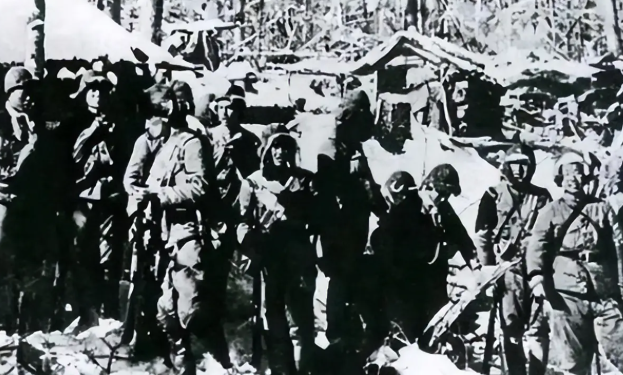
Under Choi’s leadership, the Northeast China Committee made significant contributions, including supporting the Soviet Army in defeating the Japanese Kwantung Army and aiding the Chinese Communist Party in securing the Northeast. After Japan’s defeat, Choi and other Korean comrades returned to Korea to establish the Central Committee of the North Korean Workers’ Party.
Before leaving, Choi formally transferred the Northeast China Committee’s organizational records and membership lists to the Northeast Bureau of the Chinese Communist Party. Peng Zhen, a key Chinese Communist leader, remarked that among the most arduous struggles led by communists, the 14-year fight of the Northeast Anti-Japanese United Army ranked third.
Because of these experiences, even as North Korea’s second-highest leader, Choi Yong-kun never forgot China and made significant contributions to fostering China-North Korea friendship. This deep connection explains the high praise China bestowed upon him after his passing.

